A pure late 70’s wonder, which combined Pompidou-style yellow round pipes with the glass cascade used previously by James Stirling for his University library in Cambridge.
Read below the descriptive text from the Netherlands Architecture Institute (NAi)
Related: Treasures of the NAi


CENTRAL LIBRARY ROTTERDAM
1983 | Open
Designers: Jacob Berend Bakema
In 1977, a competition is held for a new library. Two architects from Rotterdam fight to get the commission and the credit: Carel Weeber and Jaap Bakema. Bakema’s winning design is “open, inviting, centrally located and accessible to everyone.”
It’s a choice between an open, inviting building that would assimilate the city, as Bakema suggests, or the reverse, as in Weeber’s design, a closed building that would separate itself entirely from the city. The fuss that surrounds this competition has more to do with mutual intrigue, however. The choice for Bakema’s design is said to have been inspired by the rancour of a jury member, Aldo van Eyck, towards Carel Weeber, with whom he had previously clashed at the TH Delft (now Delft University of Technology). It remains a matter of speculation whether this is indeed the case, but Bakema wins anyway, and not Weeber.
The building is cube-shaped, with one corner cut off diagonally, under which is a glass ‘cascade’ housing the escalators that connect the six floors. The other facades consist of white parapets and glass strips. The yellow-painted round pipes for the air conditioning are a striking feature. Critics say that these pipes were copied from the Centre Pompidou in Paris and that the glass ‘cascade’ was used previously by James Stirling at a university library in Cambridge.
The location of the building next to the market, the extensive use of glass and the positioning of the reading room, which juts out from the rest of the building, help to create an “open, inviting, centrally located building that is accessible to everyone.” Another feature that helps to achieve this is the use of the hall, which housed the central lending counter, an information centre and a few accommodating functions.
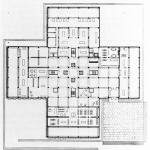
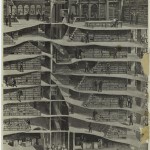
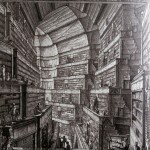
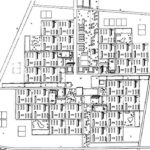
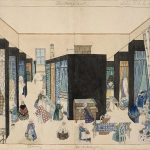
Leave a Reply